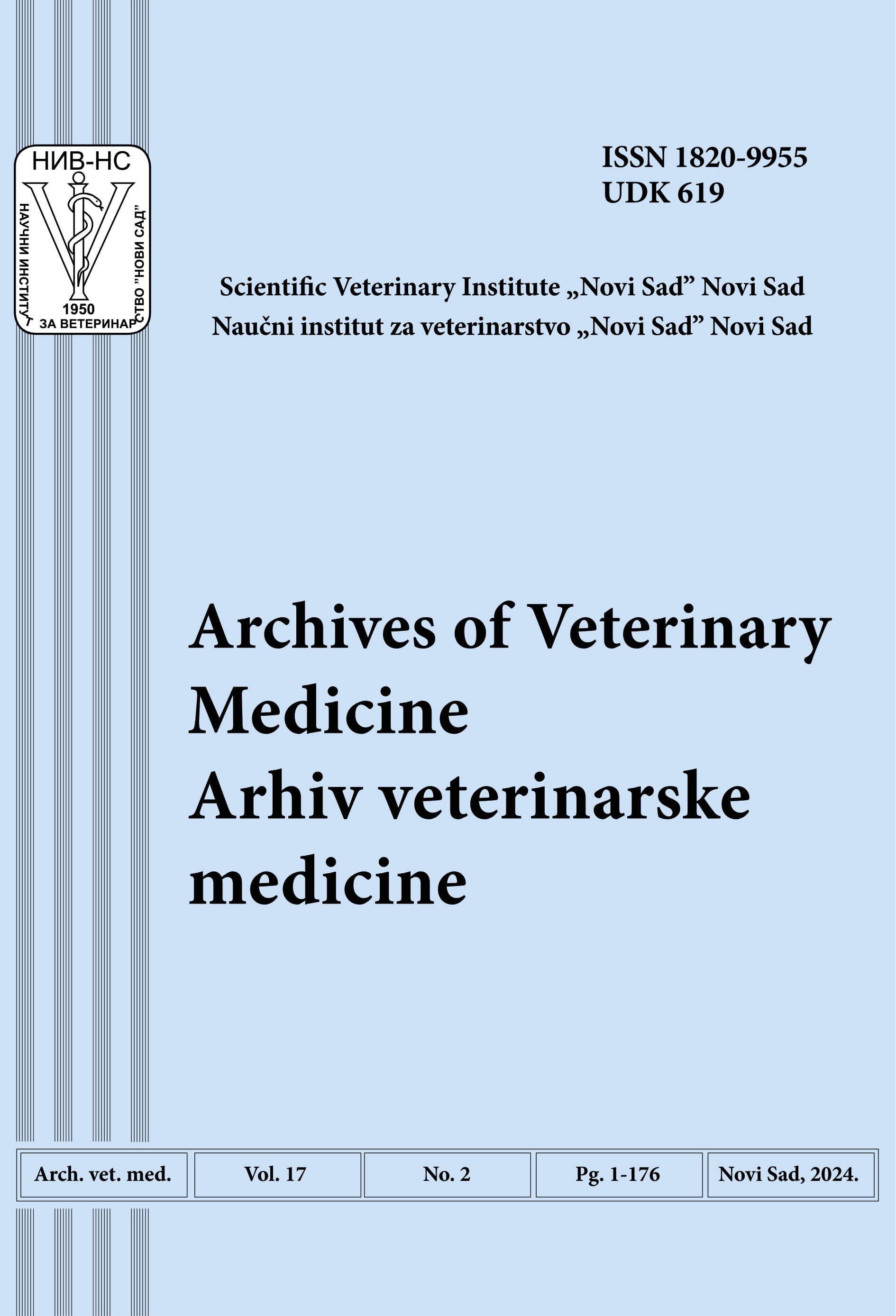Abstract
In contemporary agricultural practices, it is increasingly difficult imagine production processes that are unaffected by the challenges posed by climate change. The aflatoxin B1 (AFB1) is a mycotoxin which was not very prominent in food and feed in Europe. However, in recent decades, climate change has emerged as a significant issue, raising concerns about food safety and animal production. One of the main problems regarding AFB1 is an uneven distribution in feed samples, and quite often feed sample analysis does not provide a proper insight into the exposure to this mycotoxin. This study aimed to investigate the occurrence of AFB1 in feed and its biomarker aflatoxin M1 (AFM1) in urine of fattening pigs on one small family farm. Urinary biomarker levels were subsequently used to estimate the probable daily intake and concentration of AFB1 in feed, employing established mathematical models. Four samples of a complete feeding mixture for fattening pigs originating from one farm were analyzed and the average AFB1 concentration of 0.046.3±0.0048 mg/kg was determined. Seven urine samples collected from the slaughter fatteners that were fed the above mentioned feed were analyzed for AFM1 levels. All samples contained AFM1, with an average concentration of 6.7±2.7 µg/l. The estimation of the AFB1 daily intake enabled us to assess the level in feed. The mathematical model revealed a level of 0.269 mg/kg that overestimated the AFB1 content obtained by analyzing the feed.

This work is licensed under a Creative Commons Attribution 4.0 International License.
Copyright (c) 2024 Archives of Veterinary Medicine
